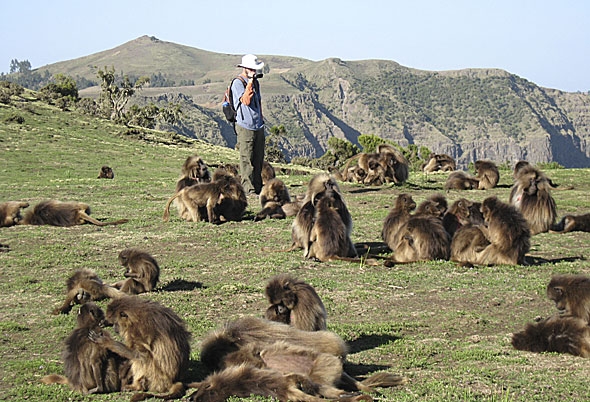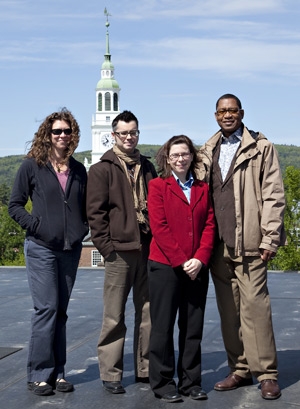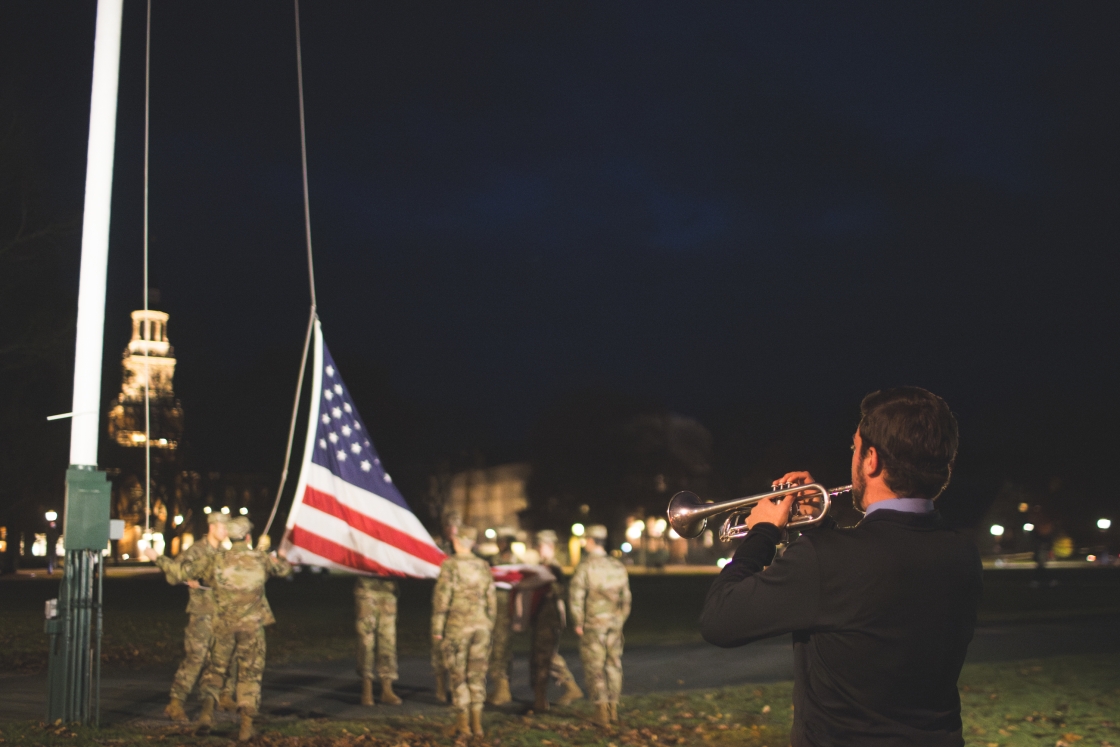Faculty go the distance for research and teaching
Somewhere between Indiana Jones swapping his briefcase for a rucksack and the holiday transportation nightmares of the film Planes, Trains and Automobiles lies the reality of the Dartmouth researcher on the road. In this series, Dartmouth Now follows the travels of four scholars whose research contributes to the creation of new knowledge and brings new insights and discoveries back to the classroom.PART 1: Survey monkey

Seth Dobson, assistant professor of anthropology
Dobson’s most recent venture into Simien Mountain National Park, Ethiopia, was brief in the scheme of such things: “Just a five-week trip,” he reports, “as this was a pilot study, supported by the Claire Garber Goodman Fund. I’m looking ahead to a longer stay in January 2011.”
The effort it takes to get there certainly merits a long stay: airports in Boston, Washington, D.C., Rome, Addis Ababa, and then on to a propeller plane to the city of Gondar, Ethiopia, where he meets with a local guide, purchases supplies, and drives to the park. Dobson and other gelada monkey researchers live in the company of local scouts, ex-Ethiopian army members who now work for the Park. “Our camp is at the end of a road lined by homes where they live with their families,” he says.

Dobson is curious about the origins of human language and the evolution of human behavior. He seeks to understand what advantages the development of language brought to early humans, by exploring the limits of non-linguistic communication. As a biological anthropologist, he approaches that question by studying primates’ facial expressions in the wild, where the animals respond to a far wider range of circumstances than captive animals do.
“I’m not a thrill seeker,” he says, acknowledging that “there are those out there. For me, it’s my work, and I go where the work is.”
And work it is, a daily routine of waiting, followed by the physical challenge of trailing an individual gelada for five to ten miles. Researchers are out looking for the animals by 8 each morning, waiting for them to emerge from steep cliffs where they sleep. They drive until the team spots the geladas gathering, and then it’s “follow that gelada” for the next several hours, tracking on foot, through grass fields and up rock faces.
Geladas start their day with an hour of social time: grooming, communication, vocalizing, copulating, all of which is documented. As he trails his subjects, Dobson videos facial expressions and takes field notes. Processing the morning’s gathered material will be the work for the afternoon and evening. Next morning they’ll drive to the park and spend another day in search of insights about these primates, their abilities to communicate, and what that might reveal about our own.



